Make Things Magical With Paper Lanterns
Paper lanterns originated in China and made their way to Japan, where skilled craftspeople produced lanterns reflecting the spare Japanese aesthetic. Isamu Noguchi was inspired by Japanese lanterns made in Gifu and designed a line of pared-down modern shapes, including the simple ball-shape pendant lantern in 1951. His Akari Light Sculptures series, which included the pendants as well as table and floor lamps, was well received and became symbolic of midcentury modern design. Fast forward to the '70s and bohemian hippie decor, and once again the ball was back in China's court when the country began to produce look-alike productions of Noguchi's lanterns.
Today paper ball lanterns are more popular than ever. That's because the designs are simple, unpretentious and timeless. They are available in a wide range of colors and sizes, and are so budget friendly that one can easily hang one as a pendant shade or several as party decor, indoors or out.
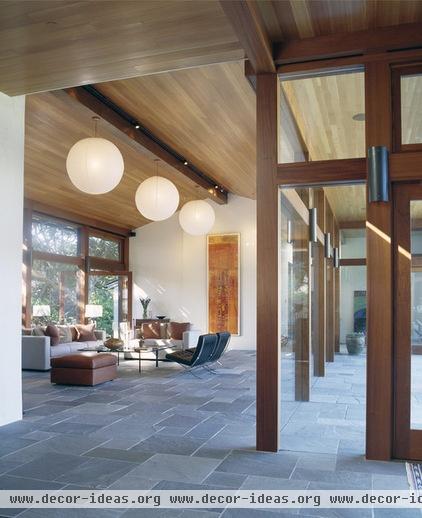
The 12-foot ceilings in this contemporary Hillsborough, California, ranch house (built in 1962 and recently rennovated) are the perfect height for large paper lanterns. In this ideal setting, you can certainly understand why these lanterns became midcentury modern icons. Japanese simplicity and hand-crafting tradition combined with contemporary design principles resulted in a modernist and harmonious form that was unmatched in its time.
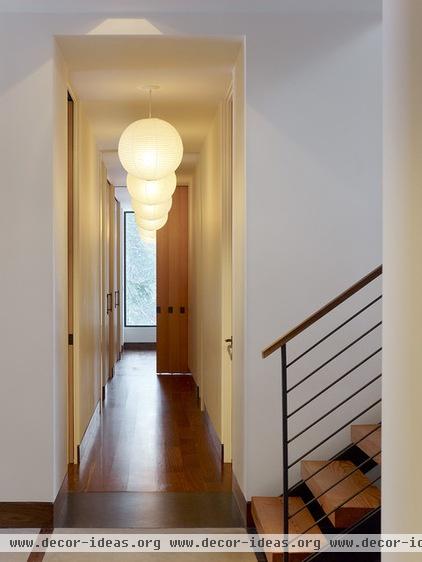
This narrow hall in a Breckenridge, Colorado, vacation home is lined with a succession of paper lanterns. The look reminds me of reflected moonlight on the water, which is imagery that's not far from Noguchi's original inspiration: bobbing fishing boat lanterns on the river.
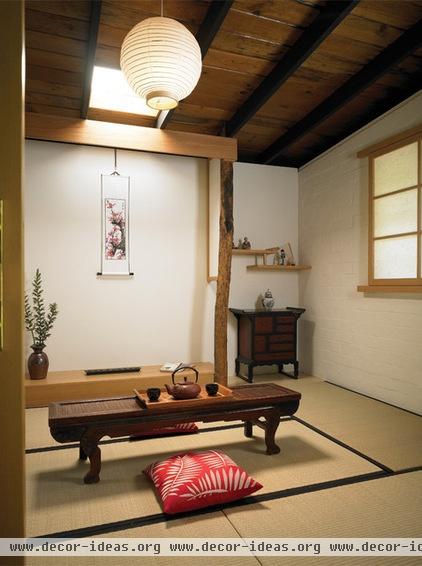
The lantern hanging in this traditional Japanese tearoom may help us understand the difference between the lanterns that inspired Noguchi and those that he designed and introduced to the world as attainable art. Noguchi took a traditional lantern like the one shown here, pared it down to the barest minimum and then gave it a new twist by working with sizes not traditionally seen, as well as unconventional details, including irregular ribbing.
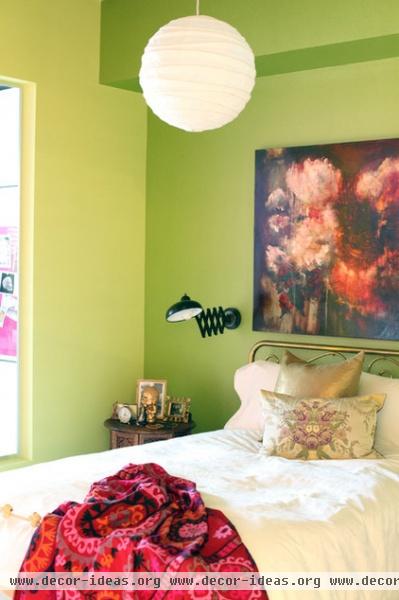
A large white ball lantern with irregular ribbing is refreshing against a backdrop of apple-green walls in this eclectic Vancouver bedroom. The shade is just large enough to visually balance the white bed, resulting in an eclectic contemporary look that doesn't take itself too seriously.
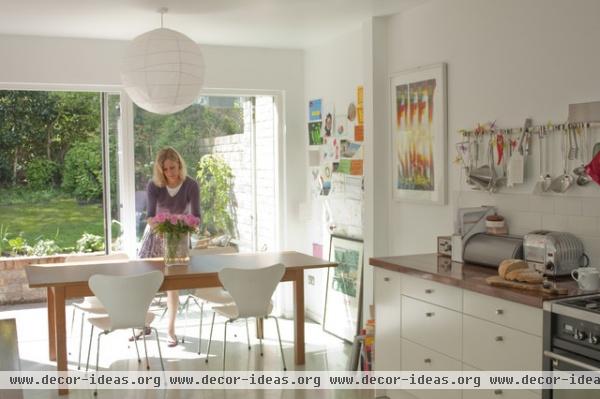
A paper ball shade is simple and unassuming in this Scandinavian-style dining area in Bristol, U.K., and perfectly complements the midcentury modern Arne Jacobsen chairs from the same era.
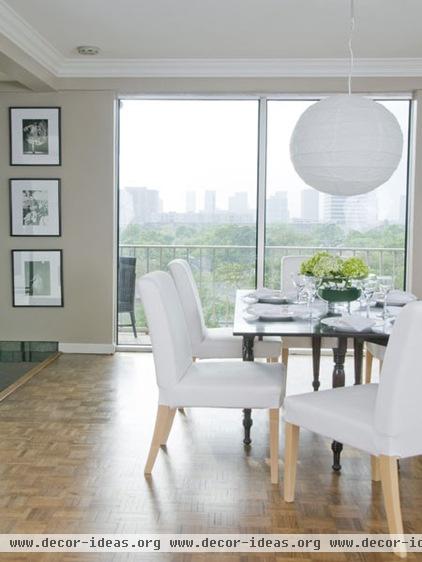
A large white paper lantern paired with white dining chairs is fresh and uplifting; the look is simple yet sophisticated, easy to achieve and well suited for a streamlined space in a Houston high-rise.
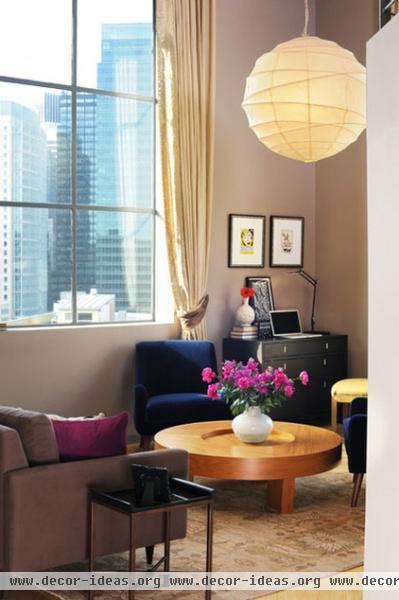
This contemporary San Franciso loft with high ceilings is the perfect spot for a glowing and weightless yellow ball whose softness contradicts the cityscape beyond. By night the glowing skyscraper office lights and the floating paper lantern are most certainly magical company.
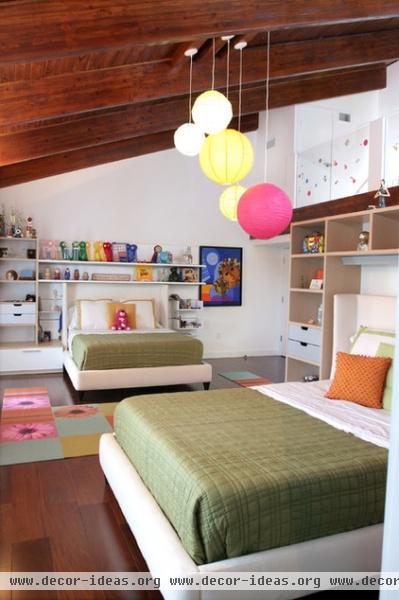
The tall ceiling in this Miami children's room is also a perfect place for round paper lantern fixtures. By staggering the heights and using a variety of colors and sizes, one can achieve a look that's reminiscent of a playful bunch of balloons.
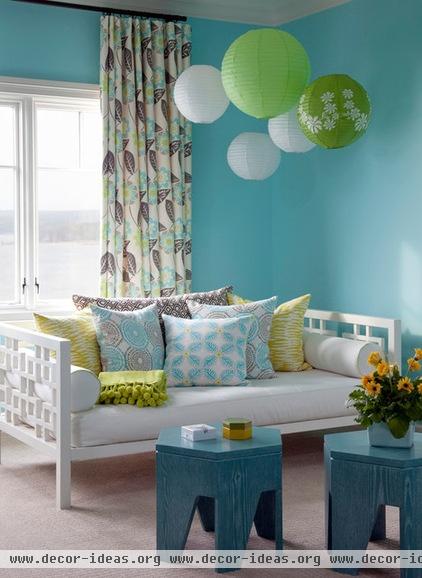
If you're looking for a way to add some playful color to a casual room, this is for you. The sitting area has been transformed into a joyful gathering spot with the addition of paper lanterns hung in the corner. Take note: There's enough blue going on that the lantern choice of green and white is right on.
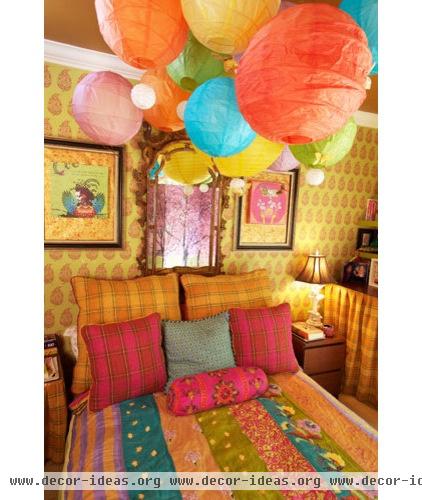
Need a party decor idea or a simple way to create drama? Don't be afraid to pile on the lanterns. Here the effect in a Los Angeles home is almost Moroccan casbah on account of the rich colors that blend with the wallpaper and upholstery, creating a sea of vibrant color.
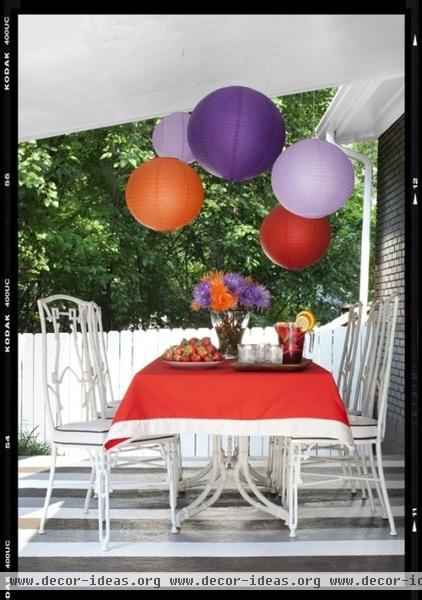
A nice collection of large paper lanterns hung directly over this outdoor dining area in Georgia instantly sets the stage and has "party" written all over it.
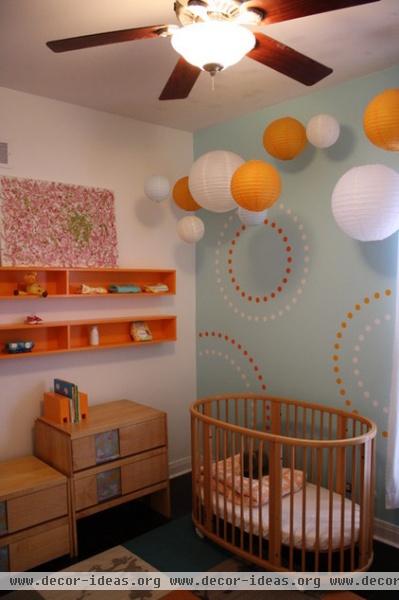
A baby's room is the perfect place to play with miniature paper ball lanterns in a few sizes. Orange and white were play off the wallpaper as though the little dots on the wall have somehow come to life.
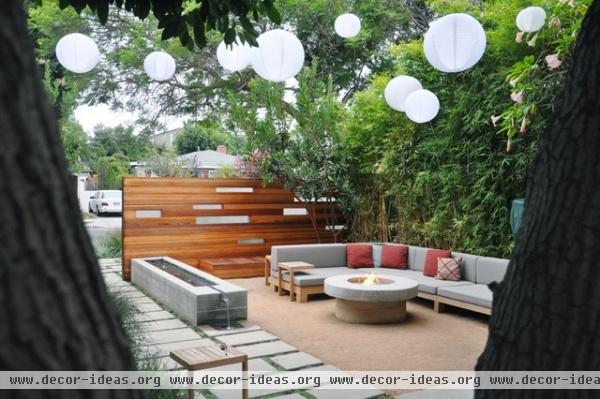
This outdoor seating area in a Culver City, California, home has been brought to life with round lanterns in a variety of sizes. The white is fresh and modern, and it's no surprise that this space is a neighborhood gathering spot. I'm quite certain that the effect after dark isn't all that different from the bobbing fishing boat lights that first inspired Noguchi.
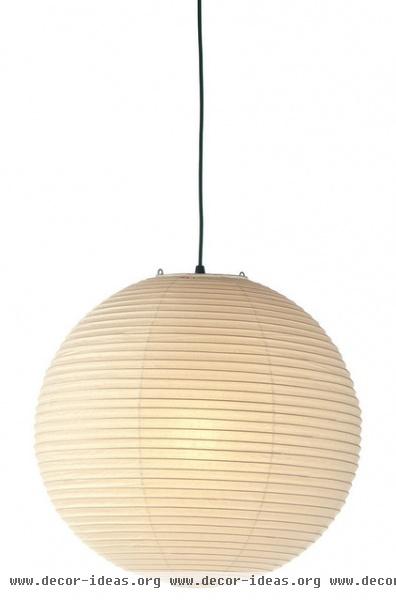
Akari 45A Pendant Lamp - EUR 214.00 » If you can swing it, I recommend getting a Noguchi original. The production of Noguchi's Akari pendants — and all the Akari Light Sculptures — has taken place exclusively in Japan at the Ozeki Company since 1951, and fabrication strictly follows methods traditionally used for Japanese Gifu lanterns.
The lights are hand crafted, beginning with the making of washi paper from the inner bark of the mulberry tree. Bamboo ribbing is stretched across wooden molded forms, and strips of cut-to-size washi paper are glued onto both sides of the framework.
When the glue has dried, the internal wooden form is disassembled and removed. This results in a flexible paper form, which can be collapsed and packed flat for shipping. The pendants include a patented metal wire stretcher and support system designed by Noguchi.












